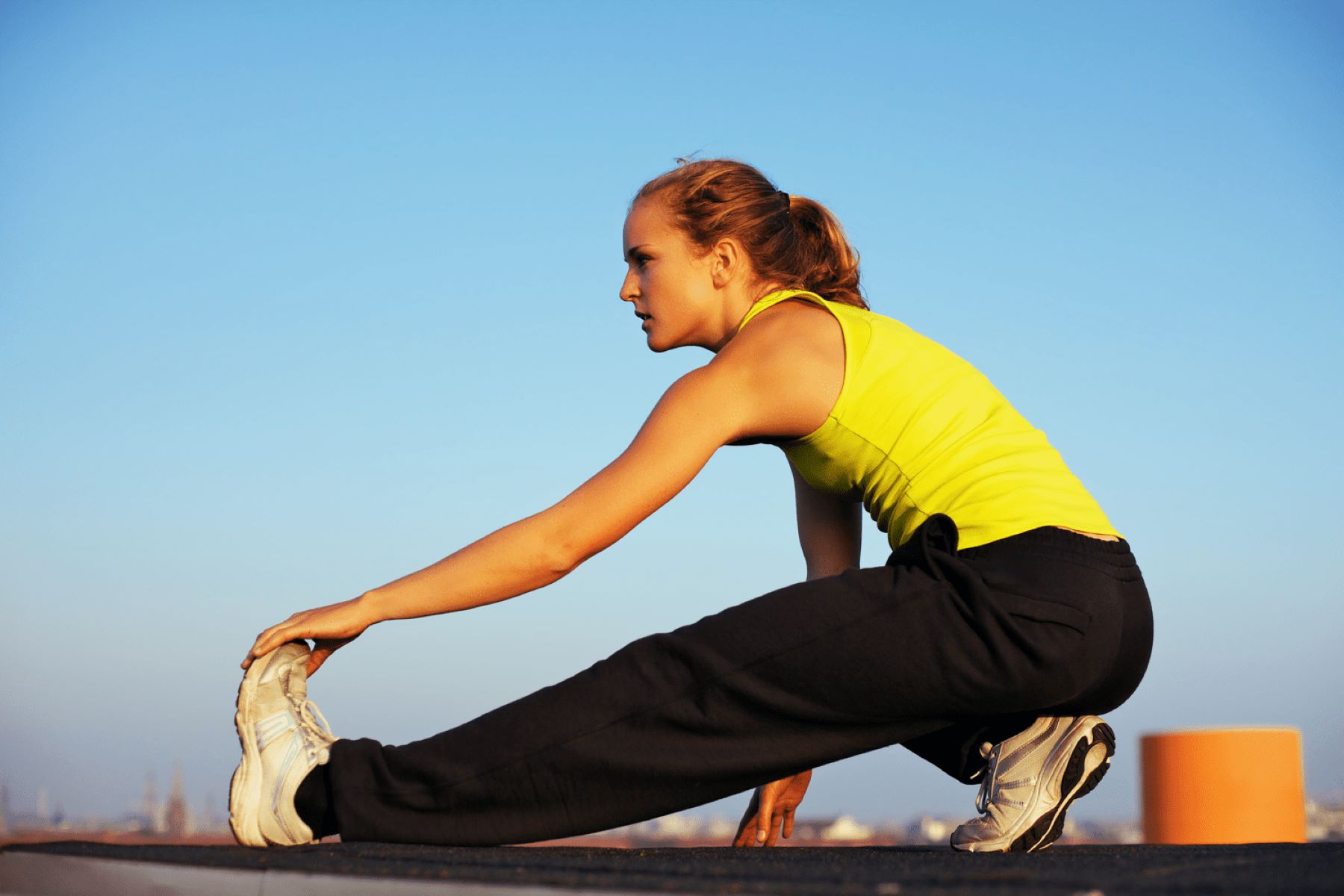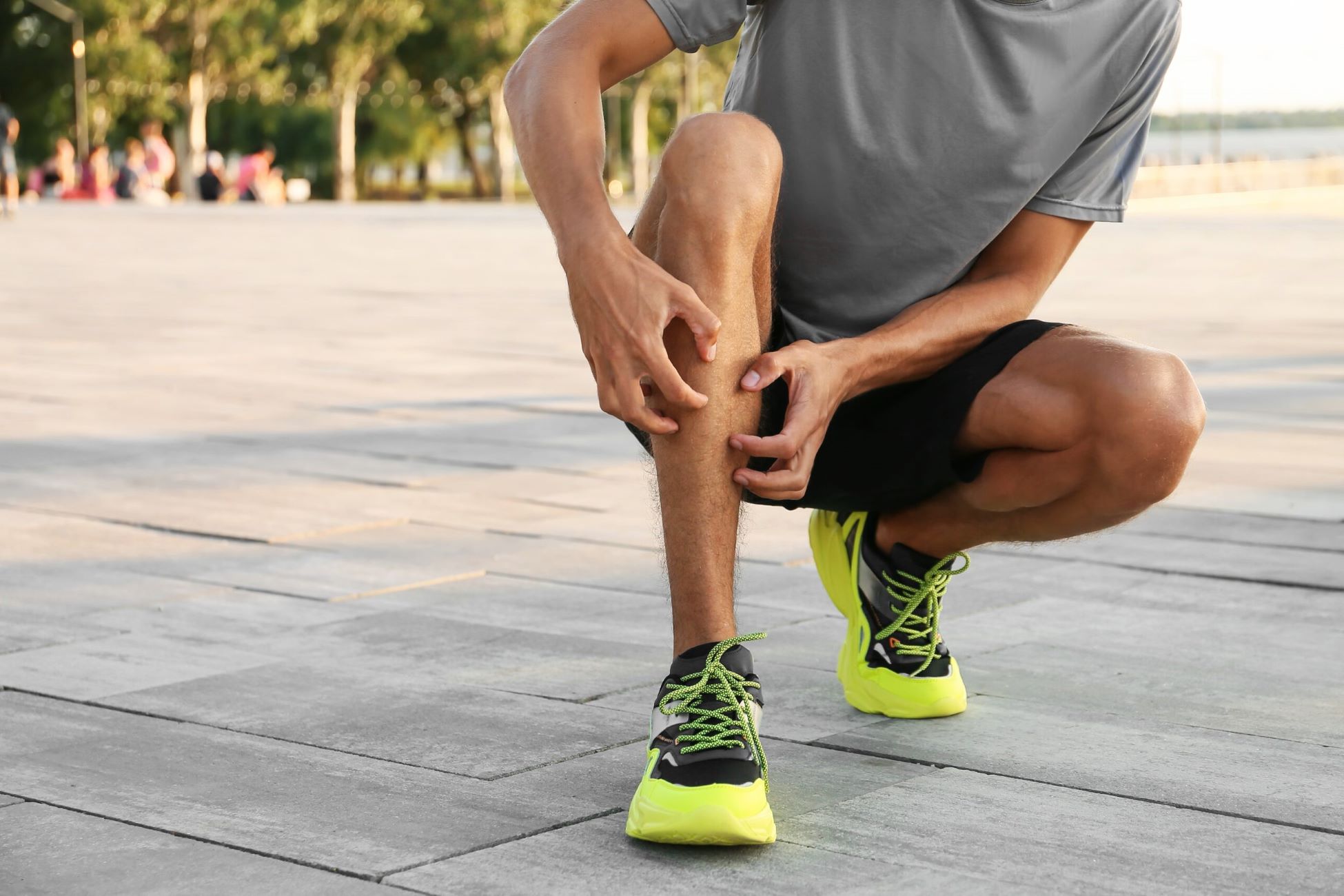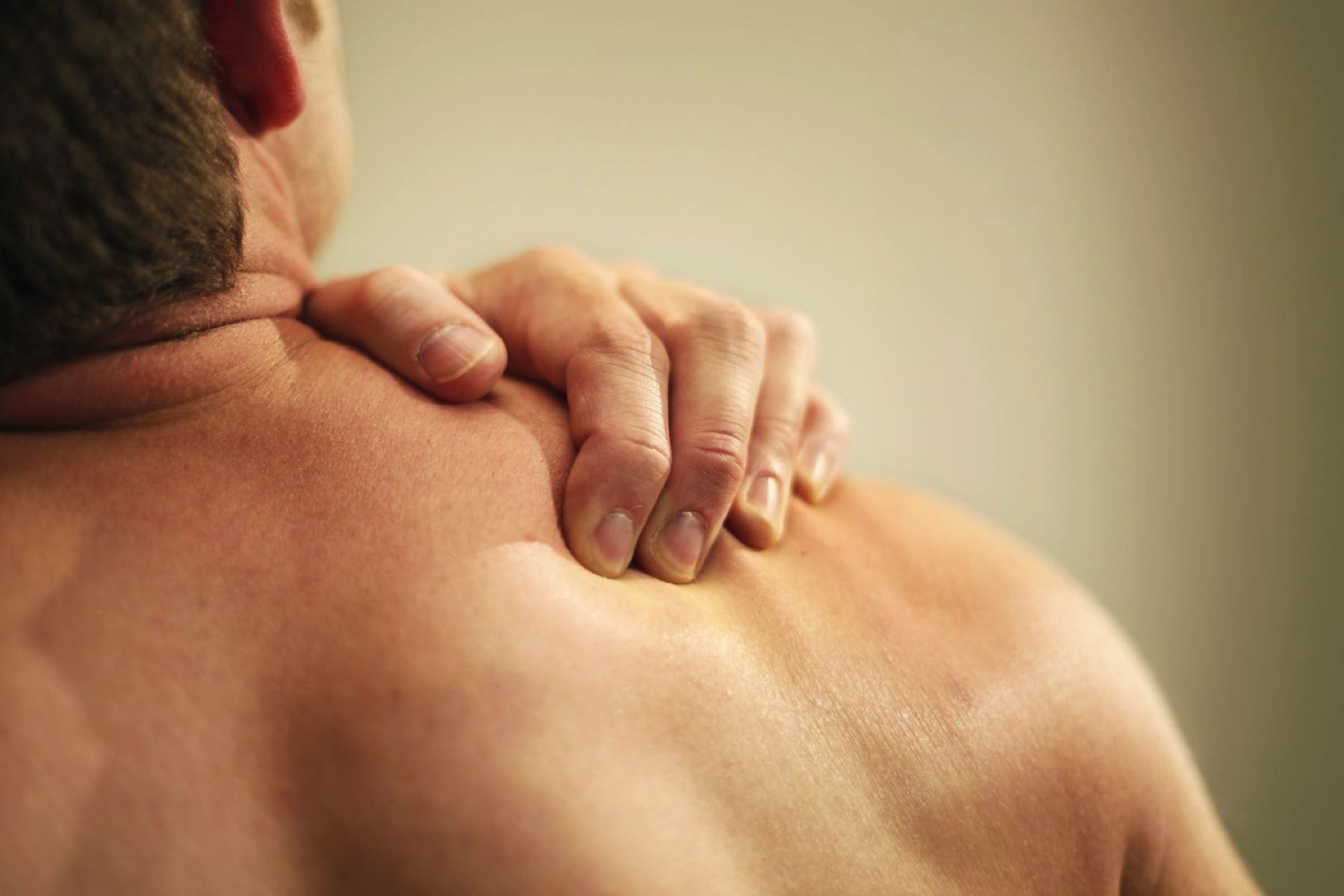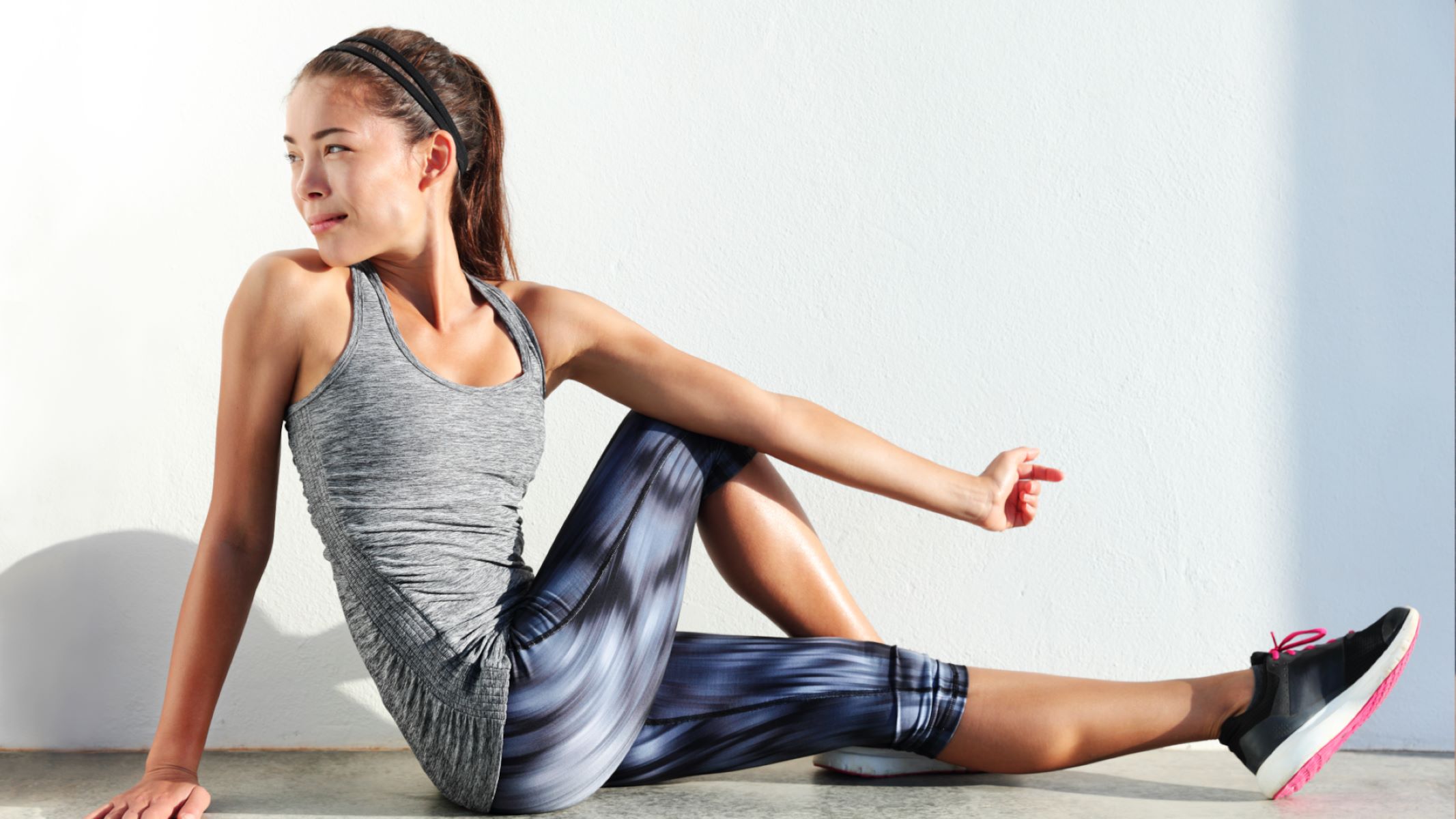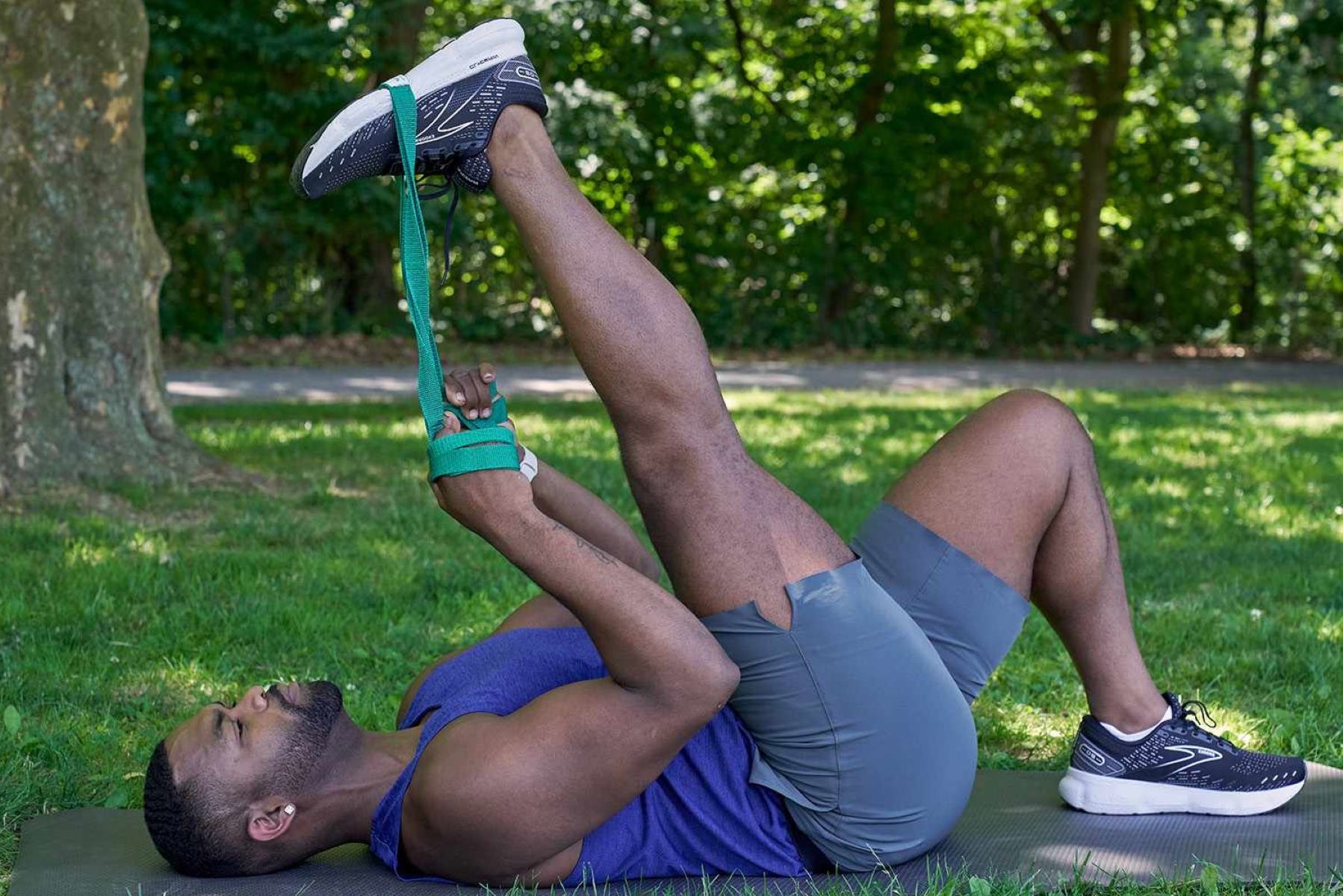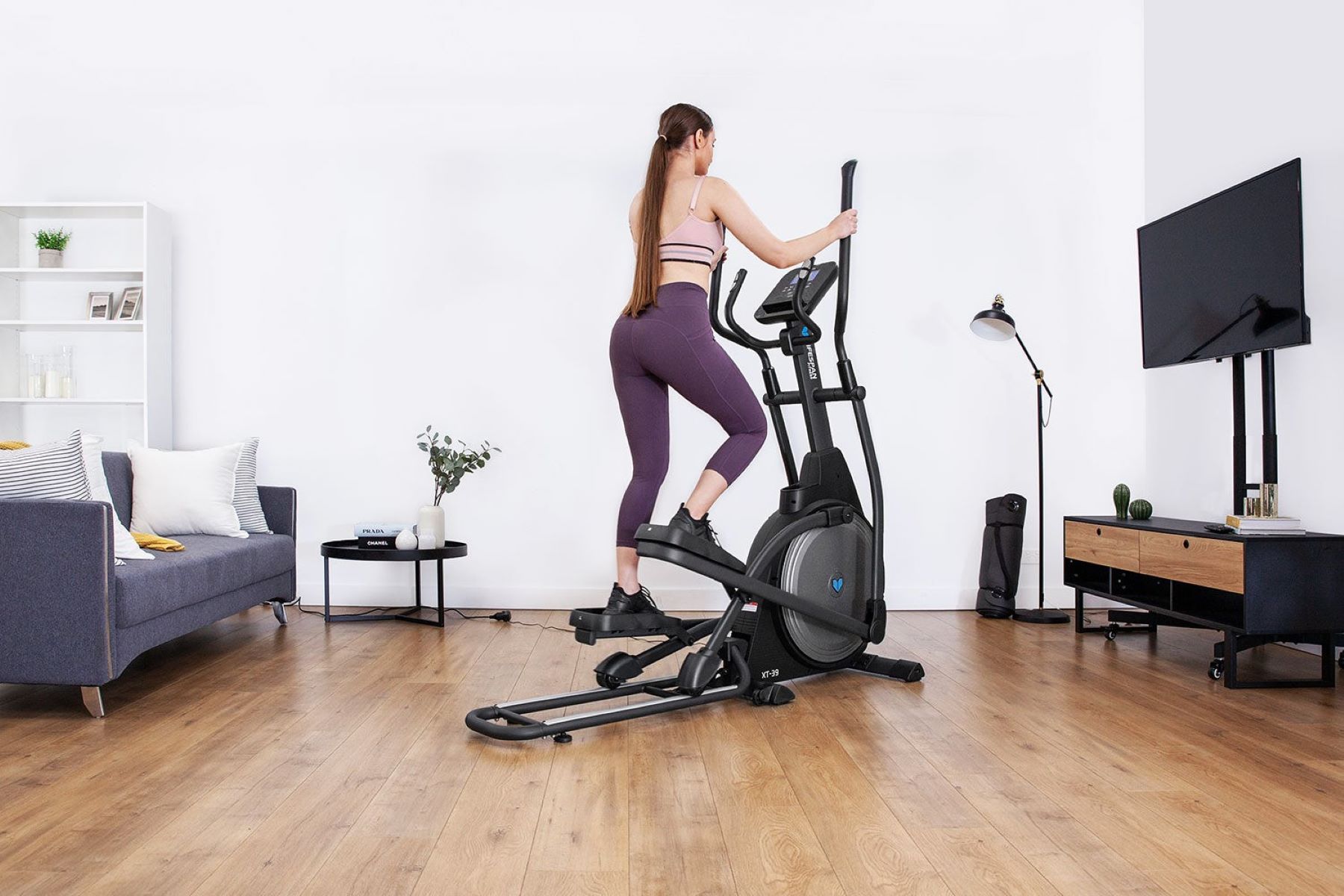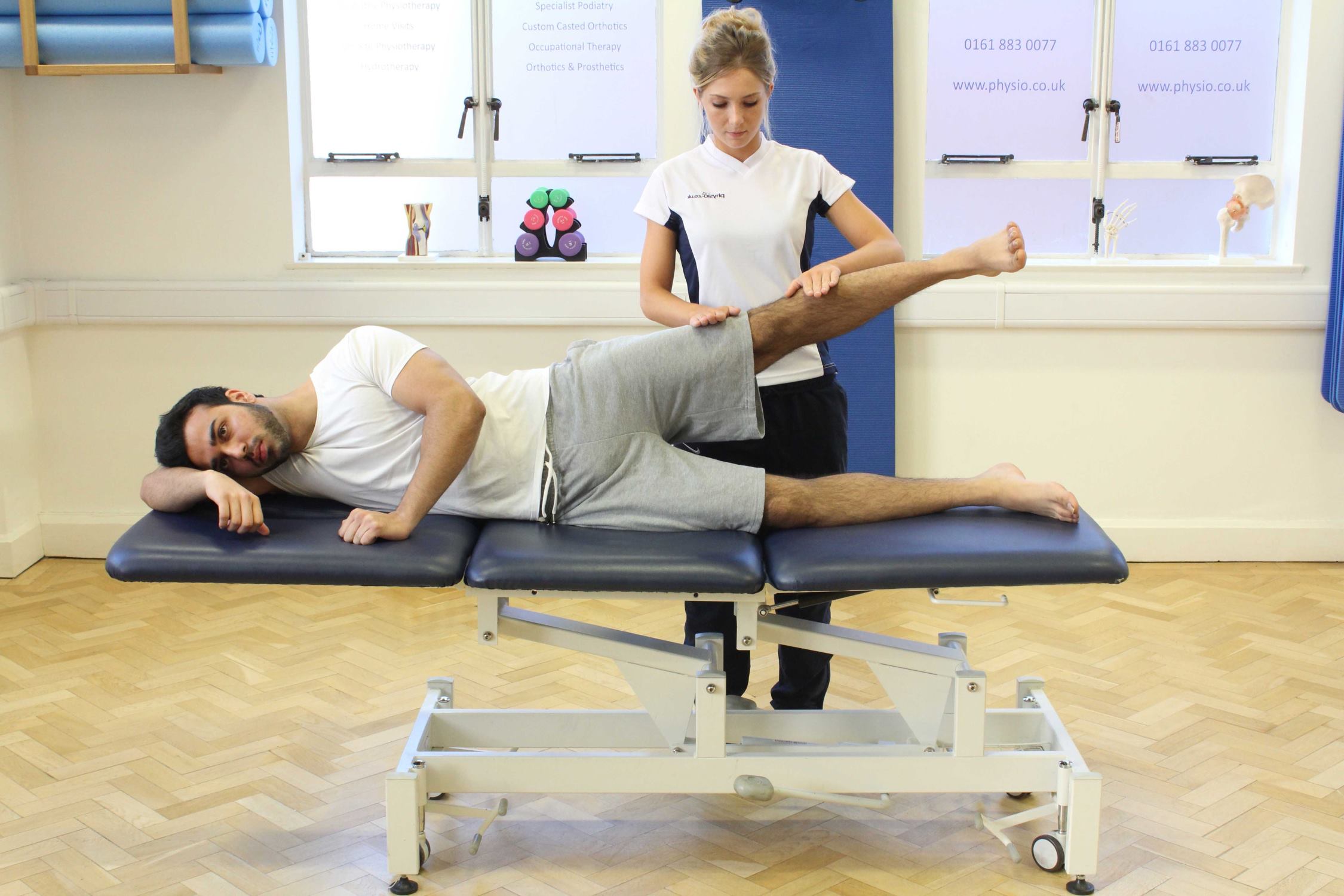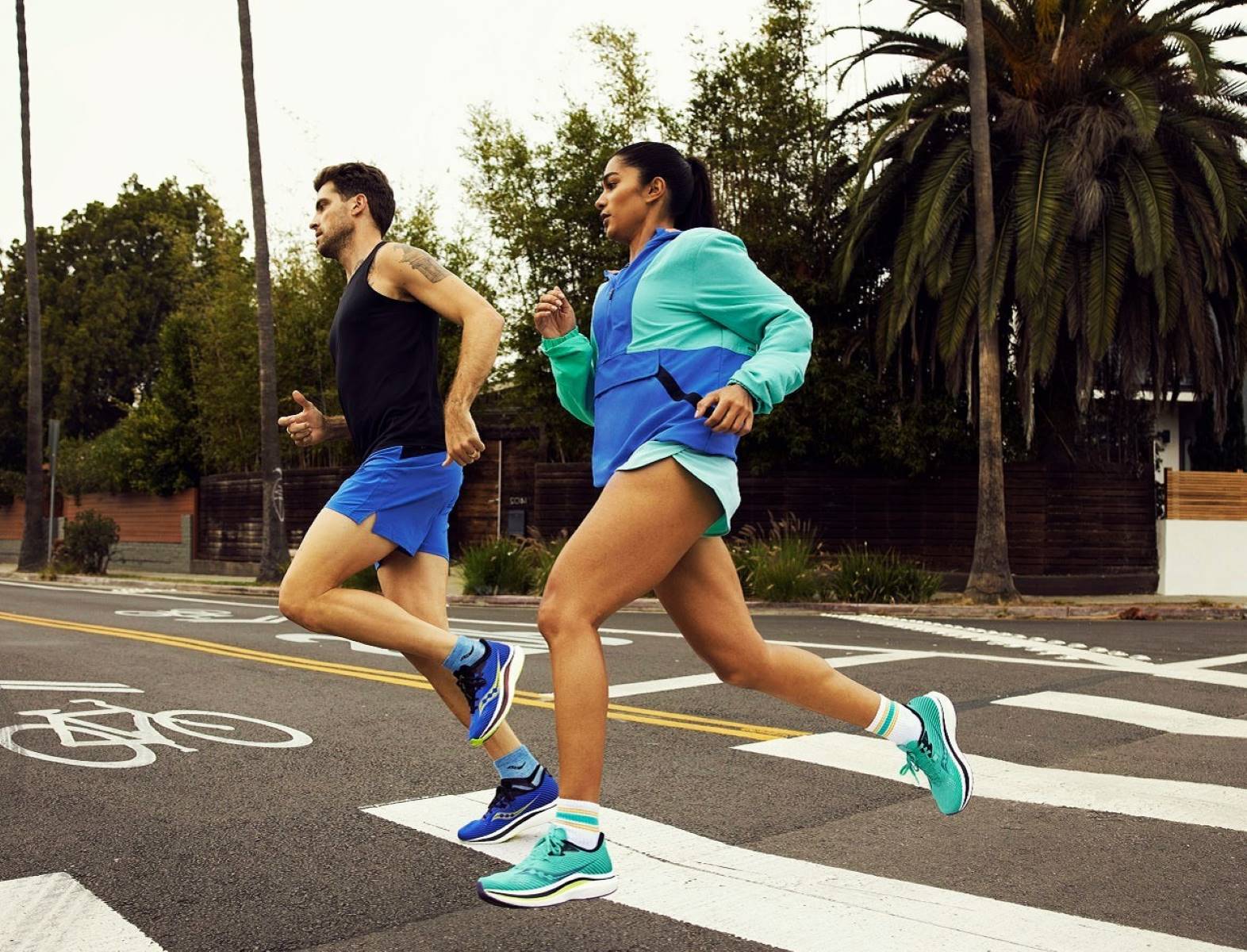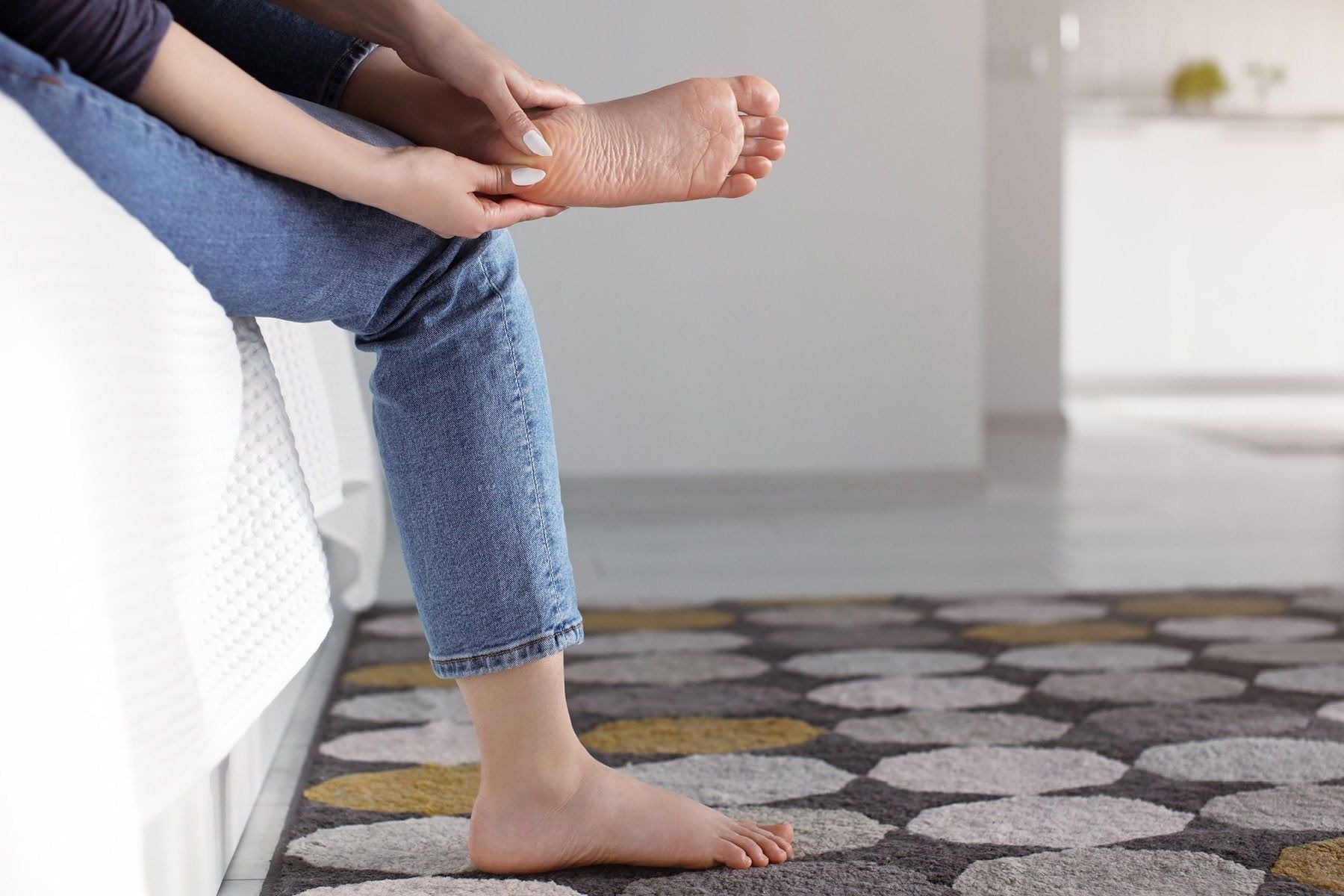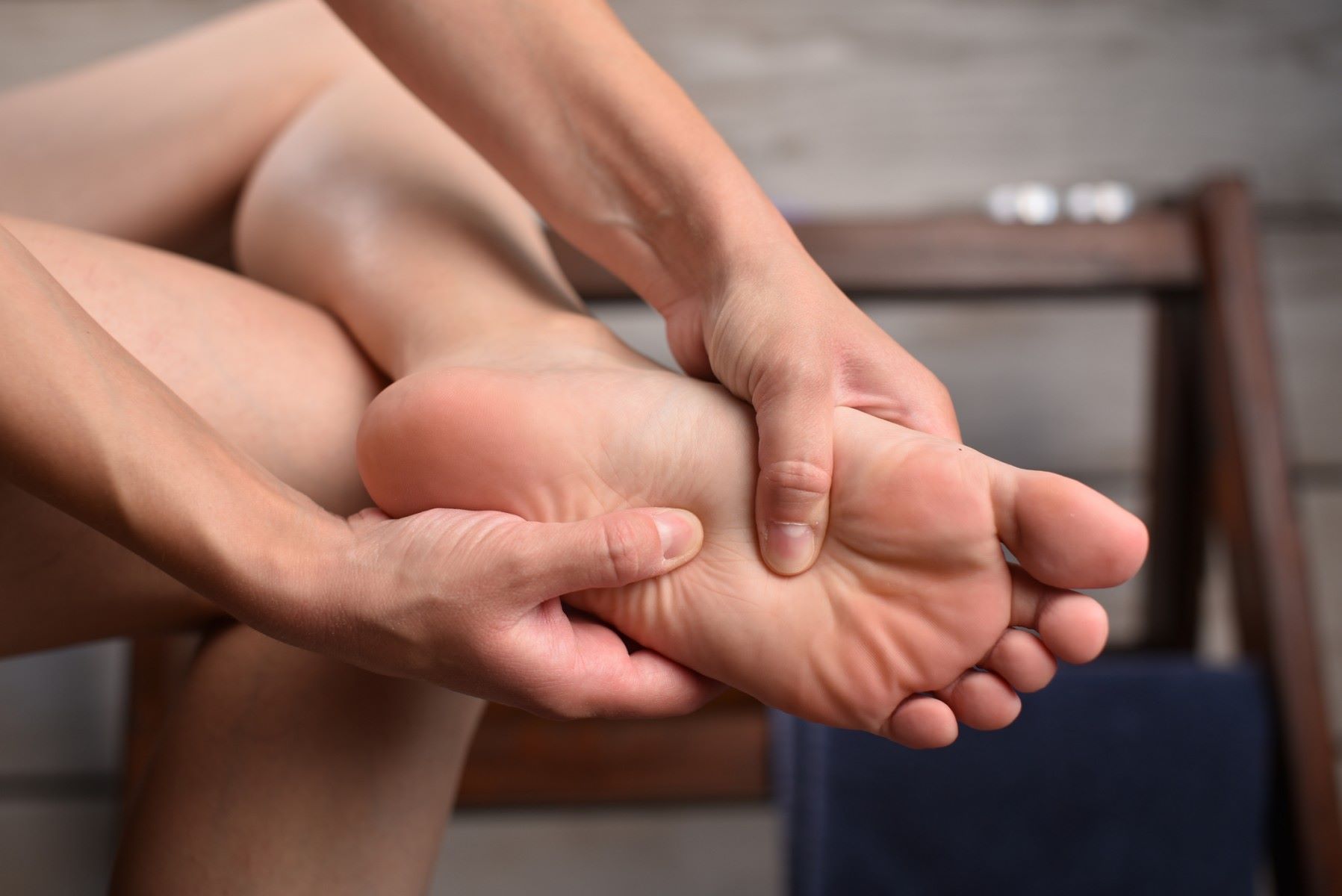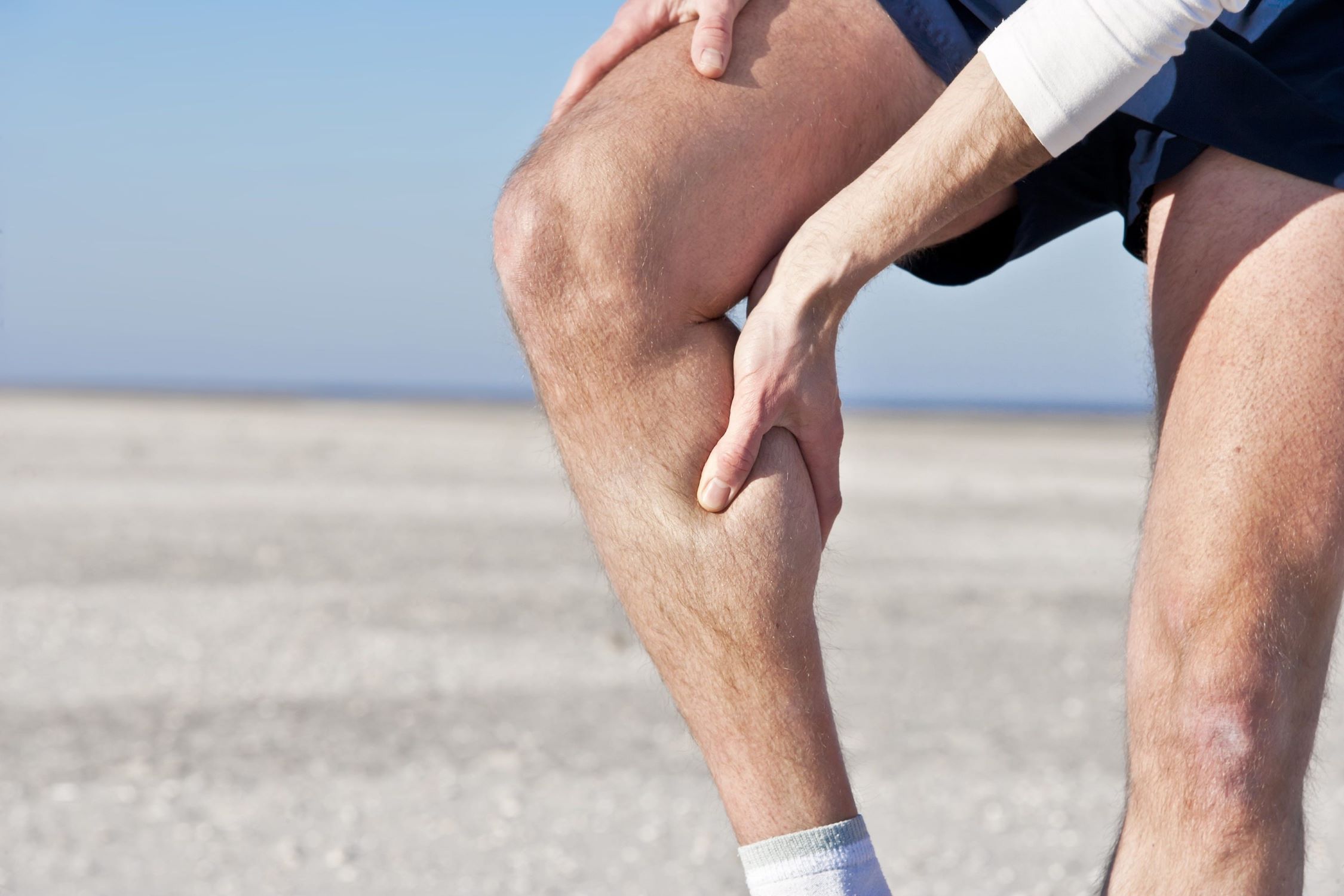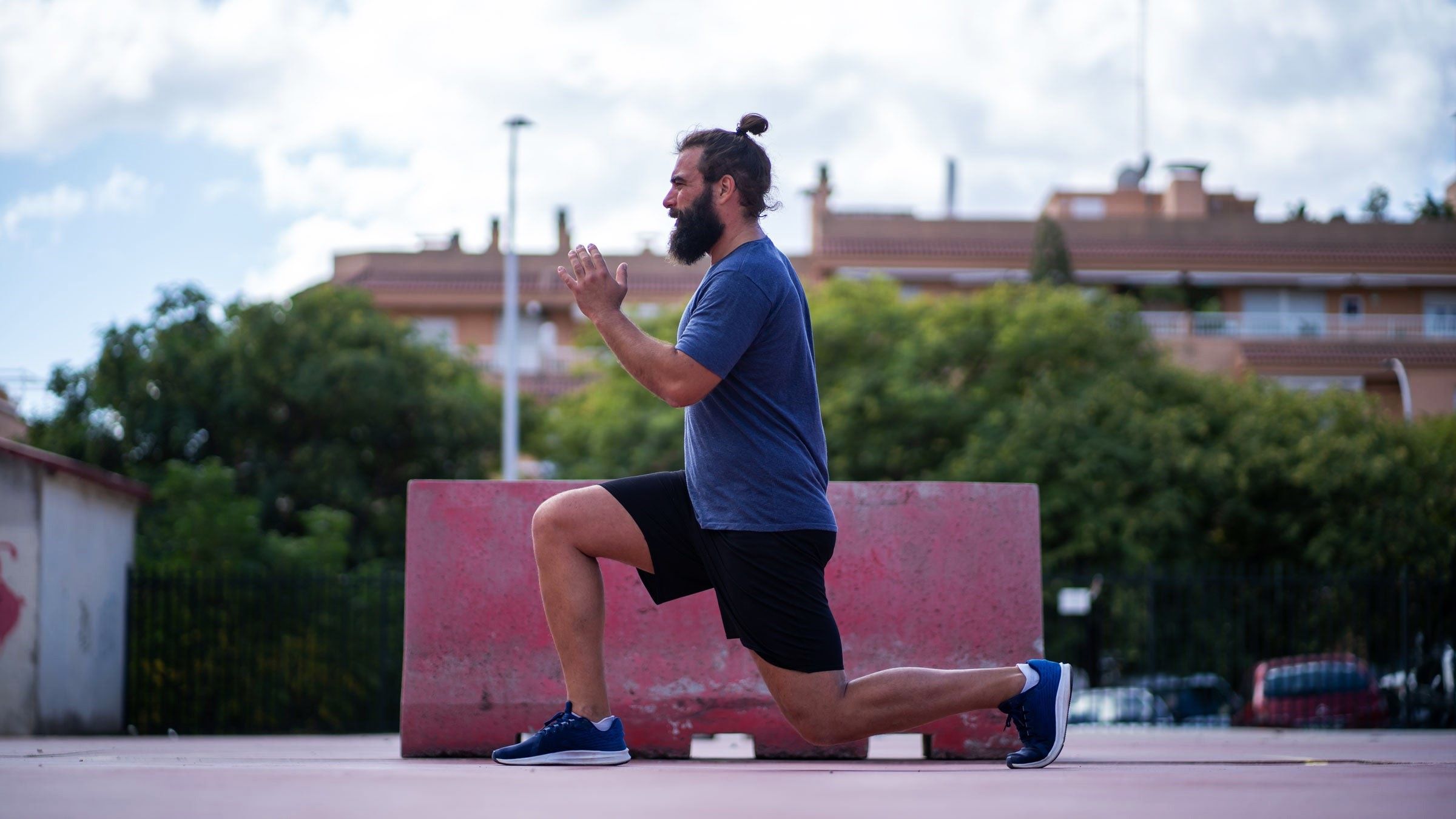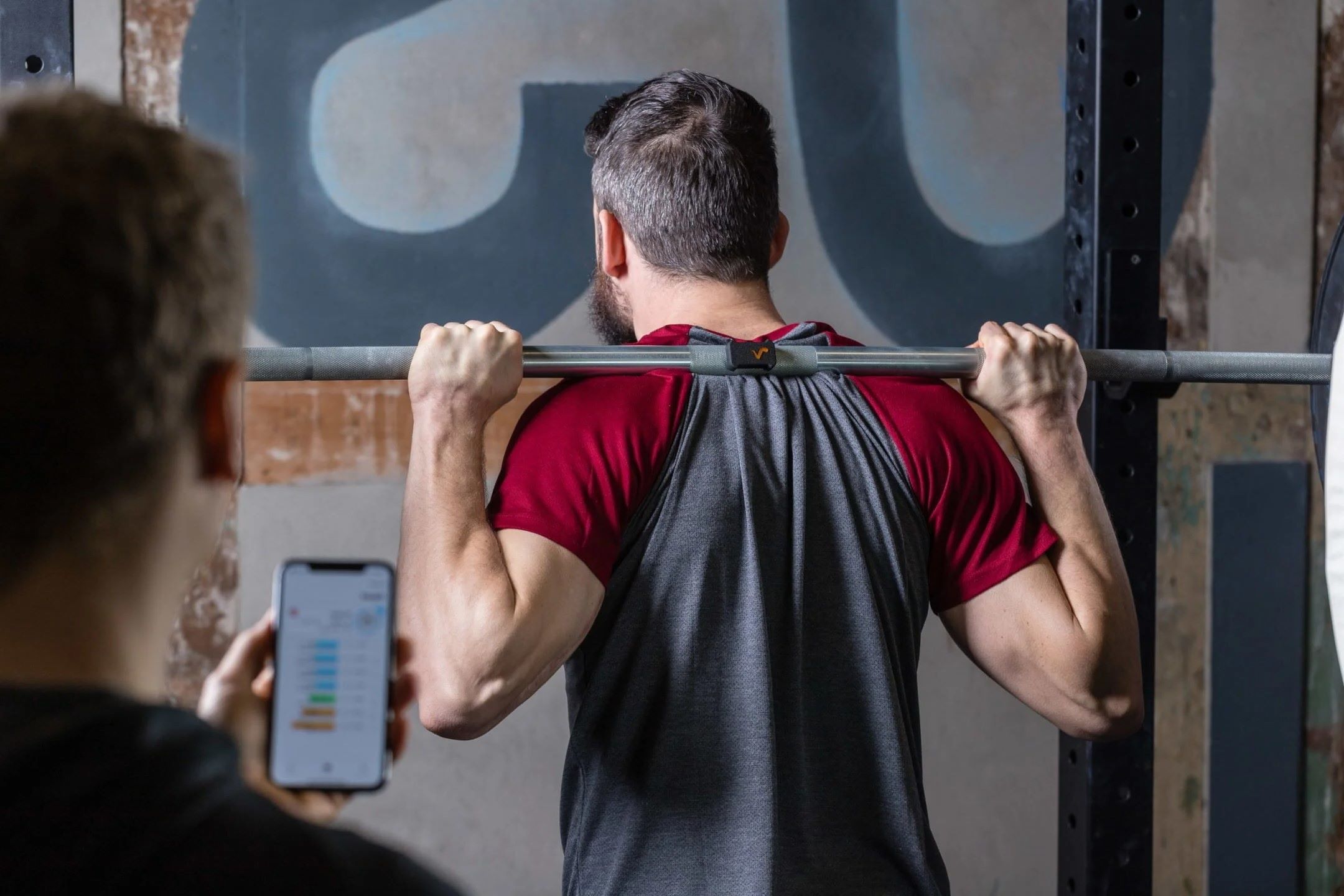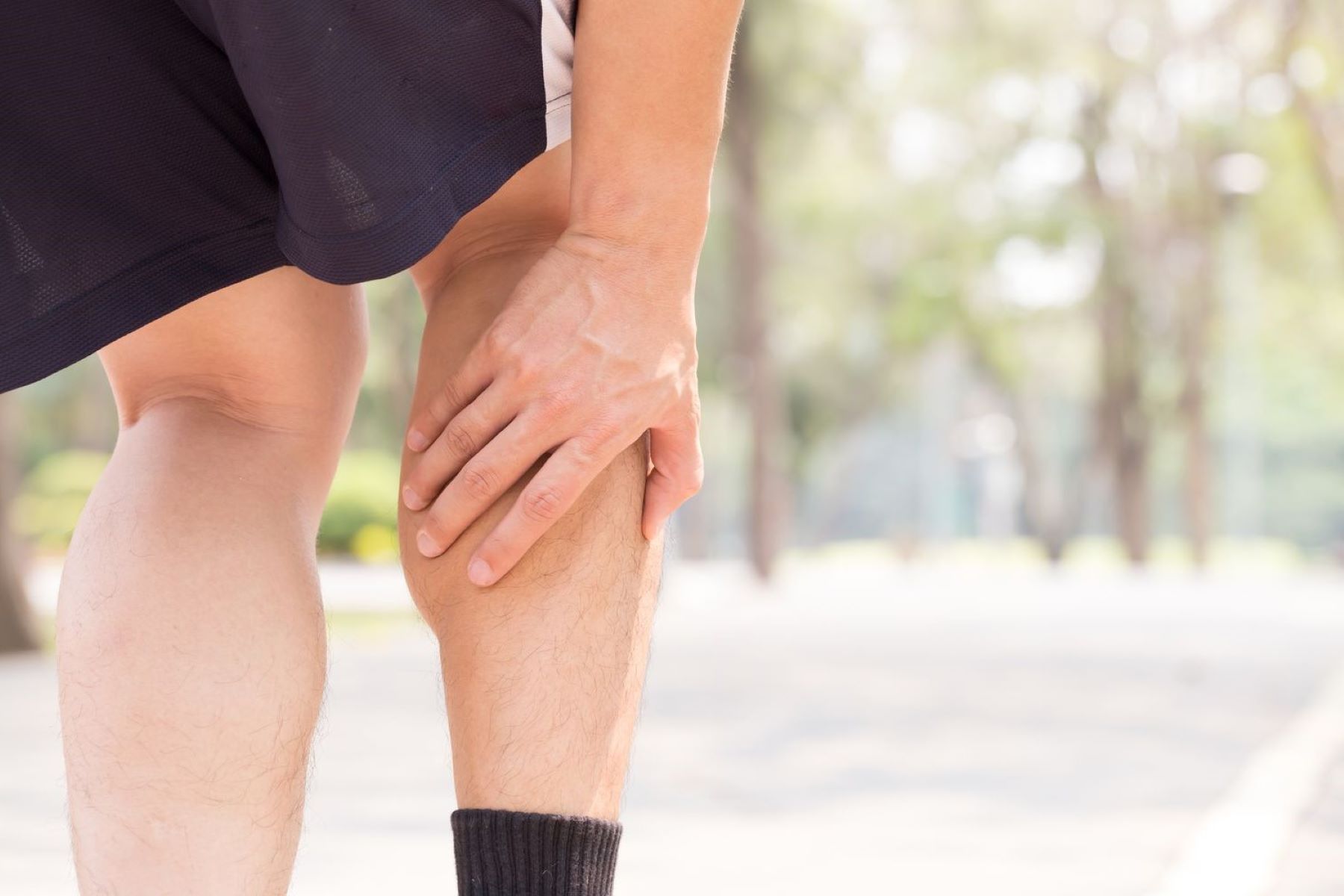Home>Health & Nutrition>Injury Prevention>Understanding The Causes Of Tight Hips And Hamstrings In Runners
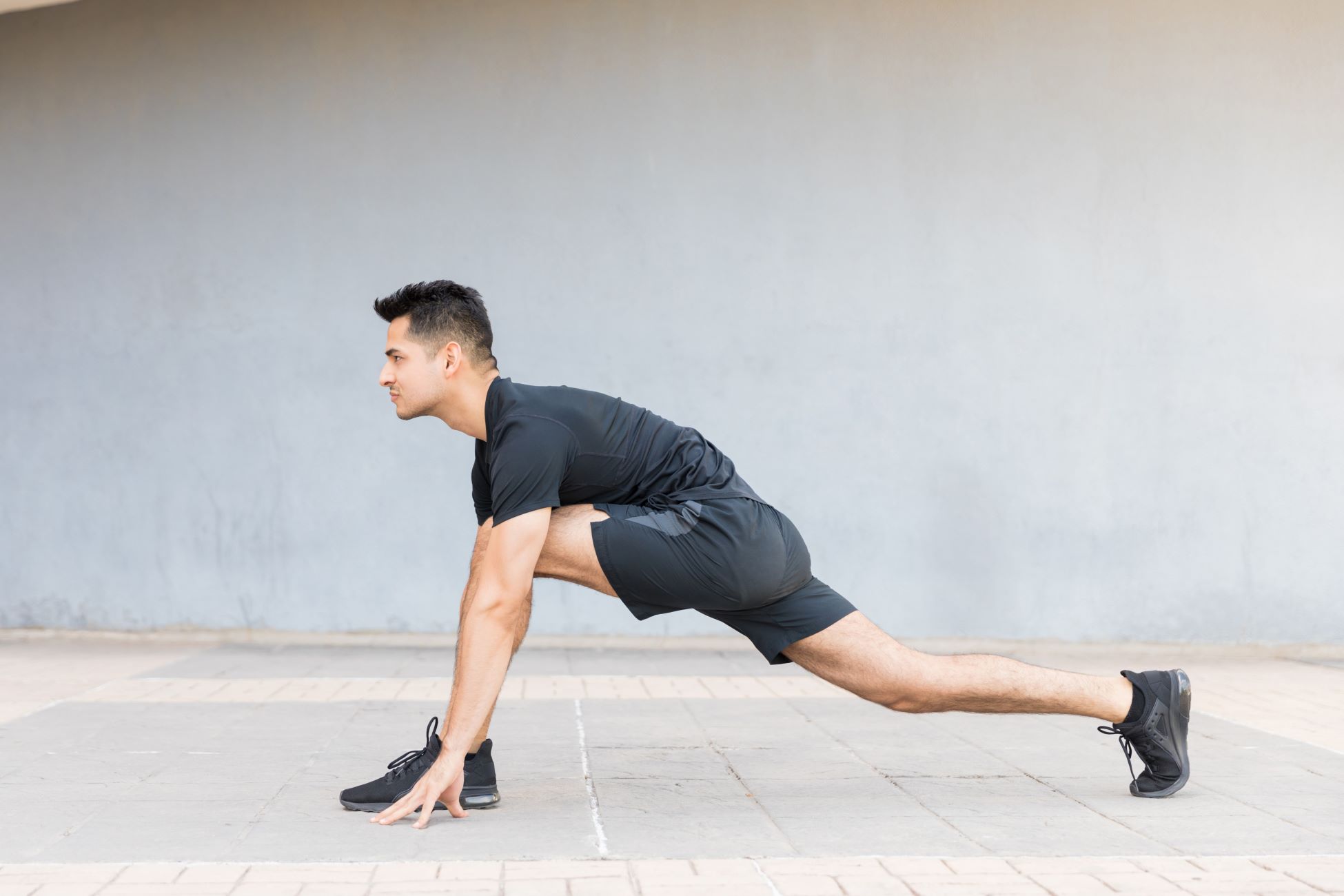

Injury Prevention
Understanding The Causes Of Tight Hips And Hamstrings In Runners
Published: February 26, 2024
Learn about the causes of tight hips and hamstrings in runners and how to prevent injuries. Discover effective injury prevention strategies for runners.
(Many of the links in this article redirect to a specific reviewed product. Your purchase of these products through affiliate links helps to generate commission for Therunningadvisor.com, at no extra cost. Learn more)
Table of Contents
- The Importance of Hip and Hamstring Flexibility in Running
- Common Symptoms of Tight Hips and Hamstrings in Runners
- The Role of Overuse and Repetitive Motion in Tight Hips and Hamstrings
- How Muscle Imbalances Contribute to Tight Hips and Hamstrings
- The Impact of Poor Posture and Alignment on Hip and Hamstring Tightness
- The Influence of Genetics and Body Mechanics on Tight Hips and Hamstrings
- Strategies for Preventing and Alleviating Tight Hips and Hamstrings in Runners
The Importance of Hip and Hamstring Flexibility in Running
Maintaining optimal hip and hamstring flexibility is paramount for runners aiming to enhance performance, prevent injuries, and promote overall well-being. The hip joint and the surrounding muscles play a pivotal role in the running stride, making flexibility in this area crucial for efficient movement and injury prevention.
When the hip flexors and hamstrings are flexible, they allow for a full range of motion during each stride, enabling the legs to extend and propel the body forward with ease. This flexibility not only enhances running efficiency but also reduces the risk of overcompensation in other muscle groups, which can lead to imbalances and potential injuries.
Furthermore, flexible hips and hamstrings contribute to improved posture and alignment while running. Proper alignment helps distribute the impact of each step more evenly throughout the body, reducing the strain on specific muscles and joints. This, in turn, minimizes the risk of overuse injuries and discomfort during and after running sessions.
Incorporating regular stretching and mobility exercises specifically targeting the hip flexors and hamstrings can significantly improve flexibility in these areas. Dynamic stretches, such as leg swings and hip circles, can be particularly beneficial for warming up the muscles before a run, while static stretches, like lunges and seated hamstring stretches, are effective for increasing flexibility during cool-down sessions.
Moreover, maintaining flexibility in the hips and hamstrings can positively impact overall athletic performance. With increased flexibility, runners can achieve longer and more powerful strides, leading to improved speed and endurance. Additionally, flexible muscles are less prone to strains and tears, allowing runners to train consistently and progress in their fitness goals.
In essence, prioritizing hip and hamstring flexibility is not only essential for optimizing running performance but also for safeguarding the body against potential injuries. By incorporating targeted stretching and mobility exercises into a regular training regimen, runners can enhance their flexibility, improve their running mechanics, and enjoy a more sustainable and fulfilling running experience.
Common Symptoms of Tight Hips and Hamstrings in Runners
Tight hips and hamstrings can manifest in various discomforting symptoms that significantly impact a runner's performance and overall well-being. Recognizing these common indicators is crucial for early intervention and effective injury prevention strategies.
-
Decreased Range of Motion: Runners with tight hips and hamstrings often experience a limited range of motion in the hip joint and difficulty extending the legs fully during each stride. This restriction can lead to a shorter and less efficient running gait, potentially hindering performance and increasing the risk of compensatory movements that may strain other muscle groups.
-
Persistent Discomfort: Tightness in the hips and hamstrings can result in persistent discomfort during and after running sessions. Runners may experience a dull ache or tight sensation in the hip area, as well as a feeling of tension or stiffness in the back of the thighs. This discomfort can impede running enjoyment and hinder post-run recovery.
-
Imbalanced Stride: When the hips and hamstrings are tight, runners may exhibit an imbalanced stride characterized by uneven leg extension and reduced propulsion. This imbalance can lead to increased stress on the knees, ankles, and feet, potentially predisposing runners to overuse injuries and biomechanical inefficiencies.
-
Lower Back Pain: Tight hips and hamstrings can contribute to lower back pain in runners. The interconnectedness of the musculature in the lower body means that tightness in the hips and hamstrings can lead to compensatory movements and increased strain on the lower back muscles, resulting in discomfort and potential injury risk.
-
Reduced Flexibility: Runners with tight hips and hamstrings often experience reduced overall flexibility, which can impact their ability to perform essential movements with ease. This reduced flexibility may extend beyond running, affecting daily activities and predisposing individuals to a higher risk of injury in various physical pursuits.
Recognizing these symptoms is pivotal for runners to address tight hips and hamstrings promptly. By acknowledging the signs of tightness and taking proactive measures to improve flexibility through targeted stretching and mobility exercises, runners can mitigate discomfort, reduce injury risk, and optimize their running performance.
The Role of Overuse and Repetitive Motion in Tight Hips and Hamstrings
The demanding nature of running places significant stress on the muscles and joints, particularly the hips and hamstrings. Overuse and repetitive motion are primary contributors to the development of tightness in these areas among runners. The consistent and repetitive nature of the running stride can lead to muscular imbalances and tightness, impacting the flexibility and function of the hip flexors and hamstrings.
During running, the hip flexors and hamstrings are repeatedly engaged to facilitate leg movement and propulsion. The repetitive nature of this motion, especially during long-distance or high-intensity running, can lead to overuse and subsequent tightness in these muscle groups. As the muscles are continuously contracted and lengthened during each stride, they may become fatigued and prone to tightening over time.
Furthermore, the lack of adequate recovery and rest periods between running sessions can exacerbate the impact of overuse on the hips and hamstrings. Without sufficient time to recuperate, the muscles may remain in a state of constant tension, leading to increased tightness and reduced flexibility. This can create a cycle of tightness and discomfort that hinders running performance and increases the risk of injury.
In addition to overuse, the repetitive nature of the running motion can also contribute to tight hips and hamstrings. The consistent forward motion and the repeated extension of the legs during running can lead to a shortening of the hip flexors and hamstrings over time. This shortening can result in decreased flexibility and increased tightness, impacting the overall range of motion and function of the hips and thighs.
Moreover, the impact of repetitive motion on the hips and hamstrings is compounded by factors such as running technique, terrain, and training intensity. Runners who consistently train on uneven surfaces or neglect cross-training activities may experience heightened tightness in the hips and hamstrings due to the repetitive stress placed on these muscle groups.
Understanding the role of overuse and repetitive motion in the development of tight hips and hamstrings is crucial for implementing effective injury prevention strategies. By incorporating adequate rest periods, varying running terrain, and integrating cross-training activities that target muscle balance and flexibility, runners can mitigate the impact of overuse and repetitive motion on the hips and hamstrings. Additionally, incorporating regular stretching and mobility exercises can help counteract the effects of repetitive motion, promoting flexibility and optimal function in these critical muscle groups.
How Muscle Imbalances Contribute to Tight Hips and Hamstrings
Muscle imbalances play a significant role in the development of tight hips and hamstrings among runners, impacting the overall flexibility, function, and stability of the lower body. These imbalances can stem from various factors, including training habits, biomechanical inefficiencies, and inadequate muscle conditioning. Understanding how muscle imbalances contribute to tight hips and hamstrings is essential for runners seeking to optimize their performance and prevent potential injuries.
One of the primary ways muscle imbalances contribute to tight hips and hamstrings is through unequal muscle development and strength. The muscles surrounding the hips and thighs, including the hip flexors, quadriceps, and glutes, work synergistically to support running movements. However, inadequate strength or overdevelopment in certain muscle groups can lead to imbalances that impact the overall function of the lower body. For instance, weak gluteal muscles coupled with overactive hip flexors can result in excessive anterior pelvic tilt, placing increased strain on the hip flexors and hamstrings, ultimately leading to tightness in these areas.
Furthermore, muscle imbalances can arise from asymmetrical movement patterns and gait mechanics. Runners who exhibit asymmetry in their running stride, such as overstriding or favoring one leg over the other, may inadvertently contribute to muscle imbalances in the hips and hamstrings. These asymmetrical movement patterns can lead to overuse of specific muscle groups while underutilizing others, ultimately resulting in tightness and reduced flexibility in the neglected muscles.
Inadequate muscle conditioning and neglecting targeted strength training exercises can also contribute to muscle imbalances that impact the hips and hamstrings. Without proper conditioning, the supporting muscles may not adequately stabilize the hip joint and pelvis during running, leading to compensatory movements and increased tension in the surrounding muscles. This can result in a cycle of tightness and discomfort in the hips and hamstrings, hindering running performance and increasing the risk of injury.
Moreover, poor posture and alignment, often stemming from muscle imbalances, can exacerbate tightness in the hips and hamstrings. Imbalances in muscle strength and flexibility can lead to postural misalignments, such as pelvic tilt or excessive lumbar curvature, which can place undue stress on the hip flexors and hamstrings. These postural misalignments can perpetuate tightness and discomfort in the hips and thighs, impacting running mechanics and overall performance.
Addressing muscle imbalances requires a comprehensive approach that includes targeted strength training, corrective exercises, and mindful running mechanics. By incorporating exercises that promote balanced muscle development, such as glute bridges, lunges, and core stabilization drills, runners can mitigate muscle imbalances and reduce the likelihood of tight hips and hamstrings. Additionally, focusing on maintaining proper posture and alignment during running can help alleviate the impact of muscle imbalances on the hips and hamstrings, promoting optimal function and flexibility in these critical areas.
In essence, recognizing the influence of muscle imbalances on tight hips and hamstrings empowers runners to implement proactive measures to address these imbalances and promote overall lower body health and function. By prioritizing balanced muscle development, targeted strength training, and mindful movement patterns, runners can mitigate the impact of muscle imbalances, reduce tightness in the hips and hamstrings, and optimize their running performance.
The Impact of Poor Posture and Alignment on Hip and Hamstring Tightness
Poor posture and alignment can exert a profound impact on the development and perpetuation of tight hips and hamstrings among runners. The alignment of the body, particularly the pelvis and spine, plays a pivotal role in distributing the forces generated during running and maintaining optimal muscle function. When posture and alignment are compromised, the resulting strain and imbalance can lead to tightness and discomfort in the hip and hamstring muscles.
One of the primary ways poor posture contributes to hip and hamstring tightness is through pelvic misalignment. An anterior pelvic tilt, characterized by the forward rotation of the pelvis, can lead to increased tension in the hip flexors and reduced activation of the gluteal muscles. This imbalance places excessive strain on the hip flexors, leading to tightness and reduced flexibility. Similarly, a posterior pelvic tilt can impact the length and function of the hamstrings, contributing to tightness in these muscles. These postural misalignments disrupt the natural biomechanics of running, leading to compensatory movements and increased stress on the hips and hamstrings.
Furthermore, inadequate spinal alignment can exacerbate hip and hamstring tightness. A rounded or excessively arched lower back can impact the positioning of the pelvis, leading to imbalances in the surrounding muscles. This misalignment can result in increased strain on the hip flexors and hamstrings, contributing to tightness and reduced flexibility. Additionally, poor spinal alignment can disrupt the transfer of forces through the body during running, leading to inefficient movement patterns and increased tension in the hips and thighs.
Moreover, the alignment of the lower body, including the knees and feet, can impact hip and hamstring tightness. Misalignment in the knees, such as excessive inward or outward rotation, can lead to altered movement patterns that place increased stress on the hips and hamstrings. Similarly, poor foot alignment, such as overpronation or supination, can contribute to imbalances in the lower body, impacting the function and flexibility of the hips and hamstrings.
Addressing the impact of poor posture and alignment on hip and hamstring tightness requires a multifaceted approach. By focusing on improving overall posture through targeted exercises and mindful movement patterns, runners can mitigate the impact of poor alignment on the hips and hamstrings. Incorporating core stabilization exercises, hip mobility drills, and posture-focused running drills can help promote optimal alignment and reduce the strain on the hip and hamstring muscles. Additionally, seeking guidance from a qualified professional, such as a physical therapist or running coach, can provide valuable insights and personalized strategies to address posture and alignment issues, ultimately promoting improved flexibility and function in the hips and hamstrings.
In essence, recognizing the profound impact of poor posture and alignment on hip and hamstring tightness empowers runners to prioritize posture-focused interventions and promote overall lower body health and function. By addressing posture and alignment issues through targeted exercises and expert guidance, runners can mitigate the impact of poor alignment, reduce tightness in the hips and hamstrings, and optimize their running performance.
The Influence of Genetics and Body Mechanics on Tight Hips and Hamstrings
The development of tight hips and hamstrings in runners can be influenced by a combination of genetic predispositions and individual body mechanics. Understanding the interplay between genetics and body mechanics is crucial for comprehensively addressing tightness in these critical muscle groups and implementing targeted injury prevention strategies.
Genetic factors can significantly impact an individual's susceptibility to tight hips and hamstrings. Inherited traits, such as muscle fiber composition and natural flexibility, can influence an individual's predisposition to tightness in specific muscle groups. Some individuals may inherently possess tighter hip flexors and hamstrings due to genetic factors, making them more prone to developing tightness and reduced flexibility in these areas. Additionally, genetic variations in collagen structure and elasticity can impact the overall flexibility and extensibility of the muscles, contributing to tightness in the hips and hamstrings.
Furthermore, body mechanics, including running gait, biomechanical efficiency, and structural alignment, play a pivotal role in the development of tight hips and hamstrings. Runners with inefficient running mechanics, such as excessive hip internal rotation or overstriding, may experience increased strain on the hip flexors and hamstrings, leading to tightness and reduced flexibility. Moreover, structural imbalances, such as leg length discrepancies or pelvic asymmetry, can impact the distribution of forces during running, contributing to tightness in the hips and hamstrings.
The influence of genetics and body mechanics on tight hips and hamstrings underscores the importance of personalized injury prevention approaches. By recognizing the individual variations in genetic predispositions and body mechanics, runners can tailor their training regimens and injury prevention strategies to address specific risk factors. Incorporating targeted strength training exercises, gait analysis, and personalized stretching routines can help mitigate the impact of genetic predispositions and body mechanics on tight hips and hamstrings, promoting improved flexibility and function in these critical muscle groups.
In essence, the influence of genetics and body mechanics on tight hips and hamstrings highlights the need for individualized approaches to injury prevention and flexibility enhancement. By acknowledging the interplay of genetic factors and body mechanics, runners can proactively address tightness in the hips and hamstrings, optimize their running performance, and promote overall lower body health and function.
Strategies for Preventing and Alleviating Tight Hips and Hamstrings in Runners
Preventing and alleviating tight hips and hamstrings is essential for runners to maintain optimal performance and reduce the risk of injuries. Implementing targeted strategies can effectively address tightness in these critical muscle groups, promoting flexibility, function, and overall lower body health.
-
Regular Stretching and Mobility Exercises: Incorporating a consistent routine of dynamic and static stretching exercises specifically targeting the hip flexors and hamstrings is paramount for preventing and alleviating tightness. Dynamic stretches, such as leg swings and hip circles, can effectively warm up the muscles before a run, while static stretches, including lunges and seated hamstring stretches, are instrumental in increasing flexibility during cool-down sessions.
-
Strength Training for Muscle Balance: Engaging in targeted strength training exercises to promote balanced muscle development is crucial for preventing muscle imbalances that contribute to tight hips and hamstrings. Exercises focusing on the glutes, core stability, and overall lower body strength can help mitigate the impact of muscle imbalances, ultimately reducing the likelihood of tightness and discomfort.
-
Gait Analysis and Biomechanical Assessment: Seeking professional gait analysis and biomechanical assessment can provide valuable insights into individual running mechanics and potential imbalances. Identifying inefficient movement patterns and structural asymmetries allows runners to address specific areas of concern, ultimately reducing the strain on the hips and hamstrings.
-
Cross-Training and Varied Terrain Running: Incorporating cross-training activities, such as swimming, cycling, or yoga, can complement running by engaging different muscle groups and promoting overall body flexibility. Additionally, varying running terrain, including trails and softer surfaces, can reduce the repetitive stress on the hips and hamstrings, contributing to improved flexibility and reduced tightness.
-
Posture-Focused Interventions: Prioritizing exercises and drills that promote optimal posture and alignment can significantly alleviate the impact of poor body mechanics on the hips and hamstrings. Core stabilization exercises, hip mobility drills, and posture-focused running drills can help mitigate the strain on the hip and hamstring muscles, promoting improved flexibility and function.
-
Rest and Recovery: Allowing adequate rest periods between running sessions is essential for preventing overuse and subsequent tightness in the hips and hamstrings. Prioritizing rest and recovery, including proper hydration, nutrition, and sleep, supports muscle recovery and reduces the likelihood of persistent tightness and discomfort.
By integrating these comprehensive strategies into their training regimens, runners can effectively prevent and alleviate tight hips and hamstrings, ultimately promoting enhanced flexibility, reduced injury risk, and optimized running performance. These proactive measures empower runners to prioritize lower body health and function, fostering a sustainable and fulfilling running experience.

